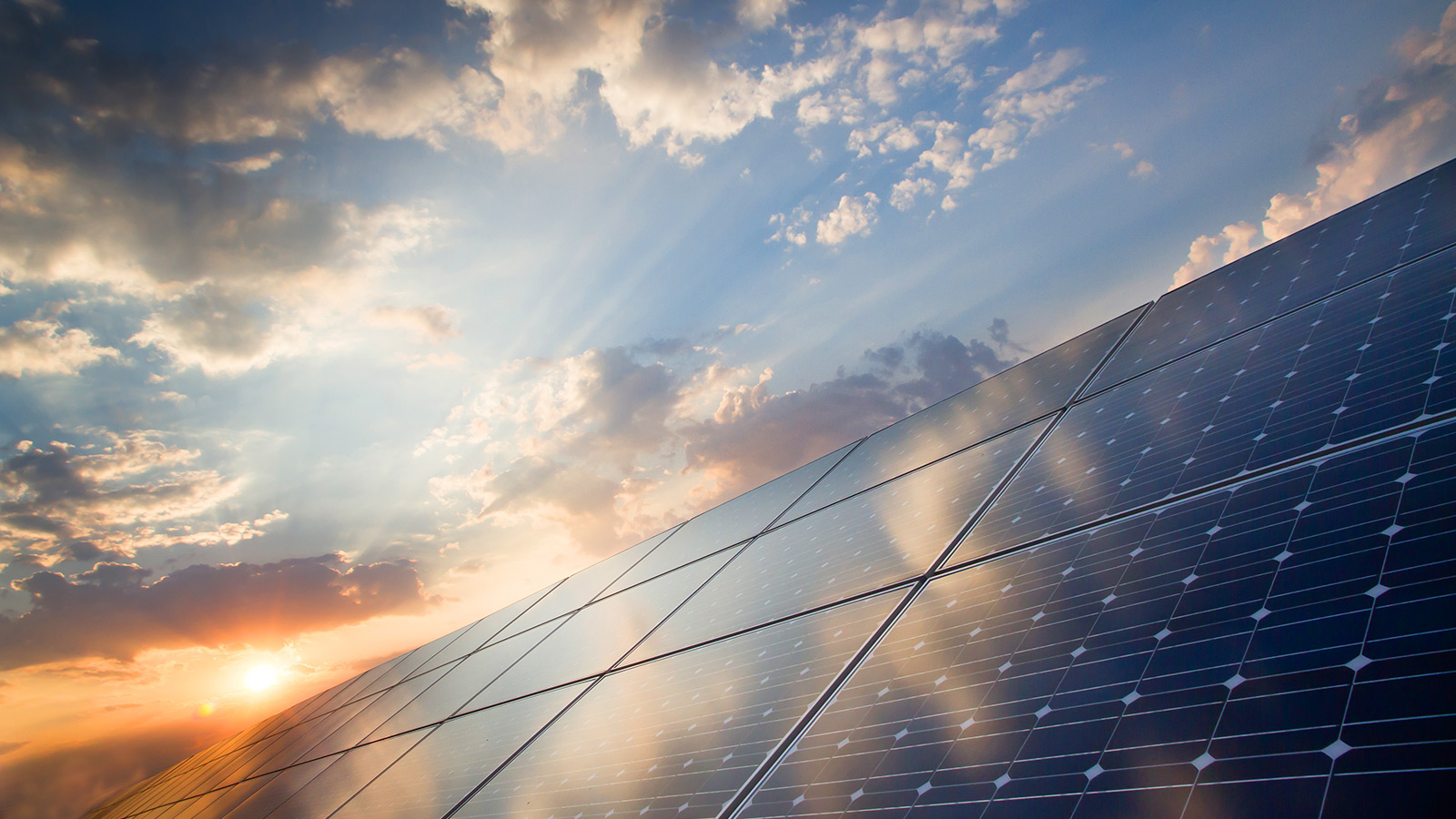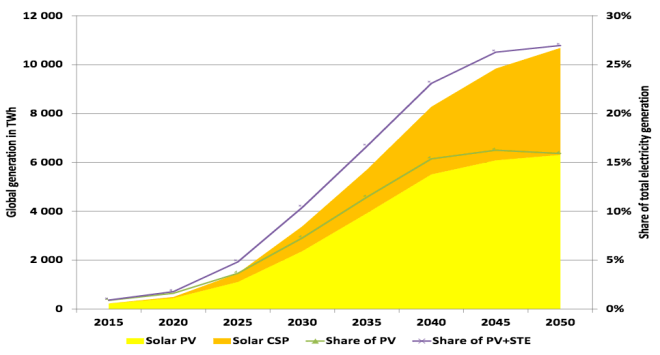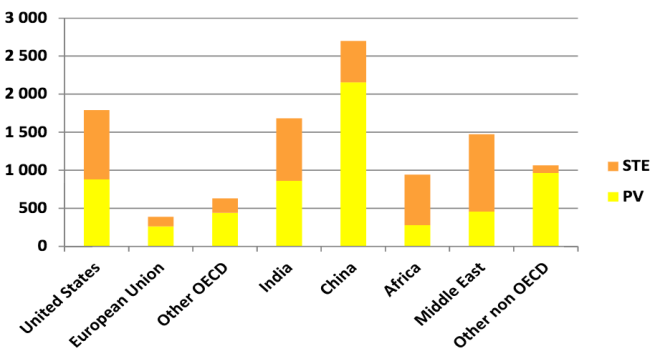Back in May, the (typically stodgy and conservative) International Energy Agency released its annual Energy Technology Perspectives report. It was focused on electricity.
It began by noting that the carbon intensity of the global energy system has not declined substantially in the last 40 years or so. Despite all the hue and cry about climate and sustainability, our trajectory — more and more carbon, climate doom impending — refuses to budge.
It then noted that the world’s energy system is becoming increasingly electrified. Electricity’s share of total global energy use has climbed from 9 percent in the ’70s to 17 percent today; depending on how things play out, that’s expected to rise to around 25 percent by 2050. (I would bet substantial money that even that is an underestimate.)
That could be a good or a bad thing. If the carbon intensity of global electricity remains the same, it would massively drive up emissions, because, well, coal. On the bright side, though, electricity is much easier to decarbonize than liquid fuels, so electrification presents a big opportunity to take a chunk out of global emissions. Specifically, to get on IEA’s “2DS” pathway — that is, to keep warming at or under 2 degrees C warming, per international agreement — the carbon intensity of global electricity would have to plunge by 90 percent.
Luckily, IEA concluded, that’s doable. It would cost a lot — global investments in electricity systems, including grids and storage, would have to roughly double — but the fuel savings alone would mean the benefits outweigh the costs. It won’t happen on its own, though. The mix of policies and technologies needed, from flexible grids to energy storage to solar, would require systems thinking, planning, and political coordination.
Anyway, that’s all background. Today, the IEA released two new solar-power roadmaps, one for solar PV and the other for solar thermal. The interesting news therein is twofold.
One, with the right policies in place, solar could be the largest provider of global electricity by 2050. That should put to rest the notion, widespread in some quarters, that solar is a marginal technology of interest only to fruity greens.
The second interesting bit is that IEA has gotten much more bullish on PV, even since May. The agency now believes it capable of providing 16 percent of total global electricity by 2050 (in the 2DS scenario), up from less than 1 percent today. Said IEA’s Paolo Frankl:
This figure represents a big increase on previous roadmaps because things have changed so quickly. Based on its competitive advantage in distributed applications, PV is unbeatable by any generation technology, distributed or not.
Again, this isn’t Greenpeace. It’s the IEA. [UPDATE: PV Magazine, the source of that quote, now says that Frankl did not in fact say it — one of many problems with the linked story.]
Here’s how the roadmaps envision things playing out in the 2DS scenario:
(Terminology note: “STE” is solar thermal electricity, which is any technology that uses solar energy to create heat that runs a generator. “CSP” is concentrated solar power, the most common form of STE; it uses mirrors to concentrate sunlight, thus creating heat.)
As you can see, PV grows like crazy until around 2040 and then levels off; then solar thermal, mainly concentrated solar, takes over, advantaged by the flexibility provided by energy storage.
Due to geography, infrastructure, and other factors, distribution of solar tech in 2050 will be different in different regions:
Anyway, there are lots more details in the documents themselves, including detailed policy recommendations for reducing costs and increasing grid flexibility. The main thing I want to highlight is just that solar costs are plunging so fast that even the stodgy IEA is scrambling to keep up.
At virtually every point in time over the last several decades, IEA has been behind the curve, underestimating the growth of renewables. Raise your hand if you think this is the last time it will reassess and upgrade solar’s potential contribution.





